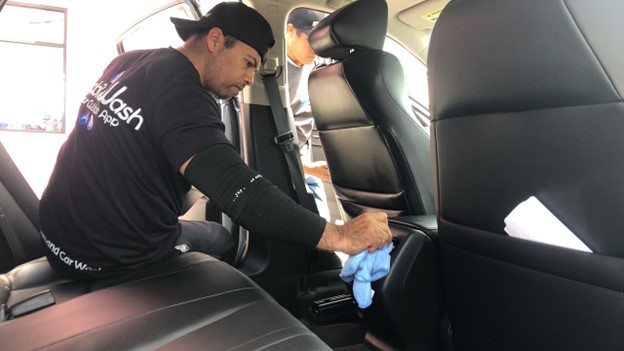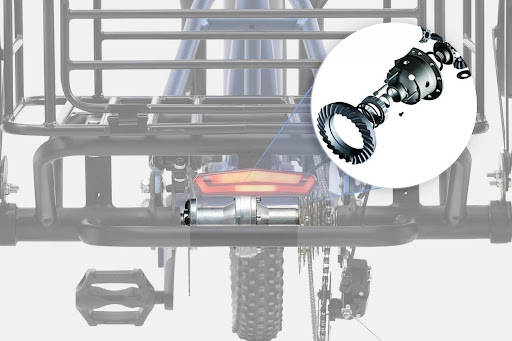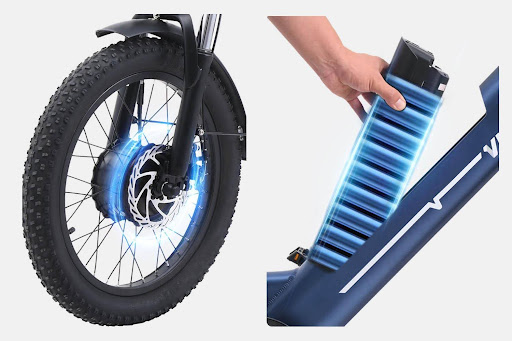Everyone involved in a personal injury case wants to know the worth of their case. Of course, no one has an answer to this magical question. That is why most personal injury attorneys have the same answer: “It depends.” You must consider numerous elements of damages when evaluating the worth of a case.
The primary essence of a personal injury lawsuit is to make an injured individual whole. Awarding financial compensation is the only plausible way to make an injured person whole, as it is impossible to rewind time and undo the negligent act that orchestrated the mishap.
This article explains the factors or elements to consider when gauging the worth of a personal injury case:
Bodily Harm Sustained and Its Effect on the Victim’s Health According to Their Severity and Duration
The first element considers the plaintiff’s physical injuries, the severity of the injuries, and the probable duration. If the victim suffered permanent harm, different US states have tables of life expectancy that jurors can use to determine how long the plaintiff will live and the effect of the permanent injuries on them.
Past Physical Pain and Mental Distress and Expected Ones in the Future
This element entails physical pain and mental distress. It is essential to distinguish them because they differ. Pain is the physical feeling of a body part hurting, while mental distress is the psychological reaction and natural stress that the injury causes.
For instance, if a plaintiff has a broken leg, the physical pain they suffer is the ache, hurt, and discomfort that they feel when trying to walk. On the other hand, the mental anguish they suffer entails worry, anxiety, and stress they feel when trying to walk.
Deformity or Disfigurement and Any Related Humiliation
This element entails any discoloring, scars, or other impairment the victim has suffered. The extent of embarrassment related to the visual impact of the injuries depends on the injury’s location and personal factors related to the plaintiff.
The individual factors include the plaintiff’s job, sex, marital status, and age. The jury considers these factors when dispensing justice.
Past Inconveniences and Probable Ones in the Future
Inconvenience is the interruption to a victim’s daily schedule due to their injuries and treatment. Typically, a jury will consider the number of times the plaintiff visited a physician to know the degree of convenience the victim suffered.
Also, the jury will consider the injury type to know the degree of inconvenience. For instance, a victim unable to walk due to their harm will experience more inconvenience than a victim unable to drive because of their harm.
Past Medical Bills and Probable Ones in the Future
A plaintiff deserves compensation for the total amount of the medical expenses. According to the collateral source rule, even if a victim has health insurance and does not pay their medical costs out of pocket, they are still entitled to receive total compensation.
There are two reasons for operating this system. First, the plaintiff caters to health insurance, and the guilty party should not benefit from the plaintiff’s insurance payment. Furthermore, two parties with the same injuries and identical medical expenses should receive the same compensation, irrespective of whether a party has health insurance or not.
Plaintiff’s Lost Earnings Due to inability to Work
The essence of this element is to compensate the victim for any lost earnings they suffered due to the accident and treatment. Even if you used your paid time off or sick leave to get compensation for the period missed at work, you are still entitled to receive compensation for the missed time for work.
The logic is that paid time off and sick leave benefits the plaintiff over time. Hence, you must compensate them for the used benefit to make them whole again. If they do not receive compensation for it, it means they paid from their end, which is wrong and unacceptable.
Loss of Earnings, Diminished Earning Capacity, and Logical Future Financial Losses
This final element has two parts—it intends to compensate the victim for any wages that they will expectedly lose in the future because of the injuries. Also, it acknowledges injuries that affect the amount a plaintiff can make. For instance, a person with a brain injury will have diminished earning capacity.
While the plaintiff may return to work, they might be unable to perform their previous role. Their measure of damage differentiates between their pre- and post-injury earnings.
Conclusion
While you may not know how to evaluate most of these elements, you can always trust a skilled personal injury lawyer. “It is advisable to work with a lawyer if you want to receive adequate and maximum compensation for your losses. They will expertly determine the worth of your case and ensure the liable party pays adequately,” says injury attorneys at The Law Offices of Doroshow, Pasquale, Krawitz & Bhaya.













